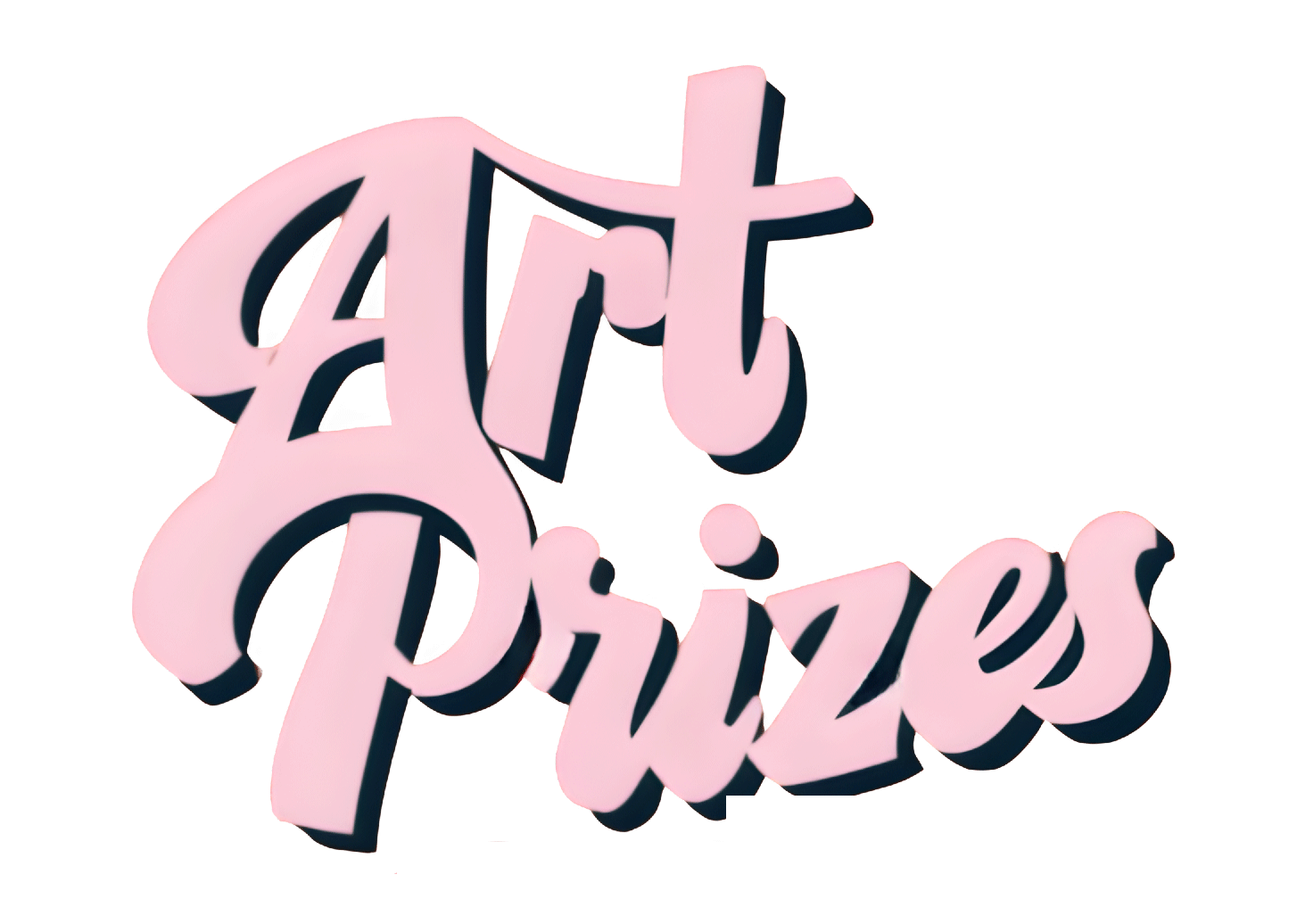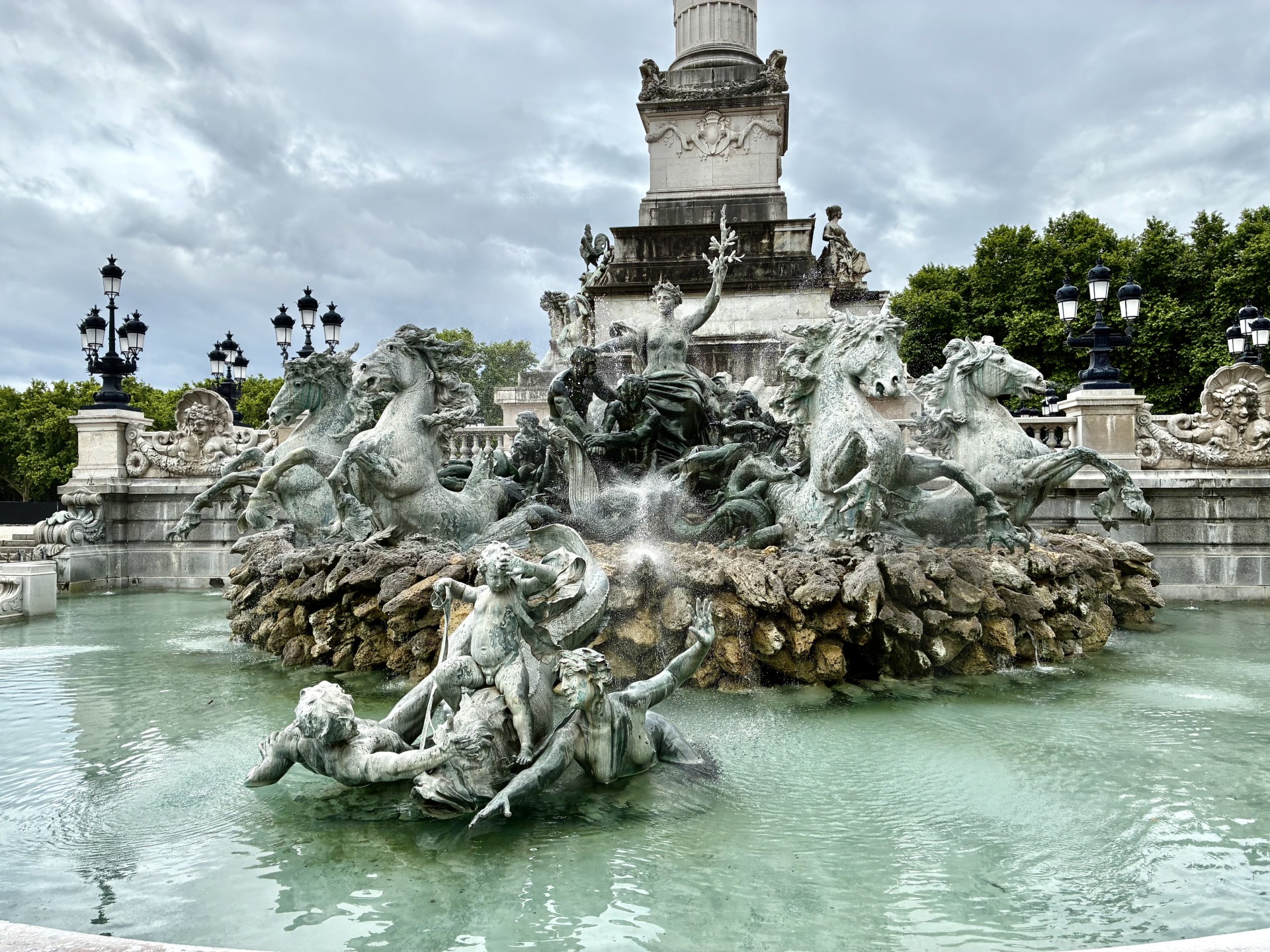The Nake and the Nude
<Image: Monument aux Girondins fountain in Bordeaux.>
It's just been announced – we have the finalists for the Naked and Nude prize 2025. At the time of writing, I'm in Spain, having just left France, where the depiction of the heroic nude in public art is almost commonplace. A walk into any art museum or through a public park gives you an appreciation of just how invested European culture has been in raising our bodies to mythological perfection.
I had been mulling over the difference between European and Australian art when I came face to face with the wonderful Monument aux Girondins1 fountain in Bordeaux, a complete mise-en-scène with sculptural figures on all four sides.
Things are different now, where commissions for the idealised human form have evaporated due in part to the lack of demand for grand sculptures to bolster civic pride, changing attitudes to the depiction and objectification of naked women, and the human form being airbrushed to perfection in mass media. Contemporary sculptures in public spaces tend to feature jets of water without the figures.
Manet certainly shook things up with his two famous paintings, Le Déjeuner sur l'herbe3 (The Luncheon on the Grass, 1863) and Olympia4 (1863). Both works challenged the bourgeois viewer who had been accused, rightly or wrongly, of objectifying the female nude – these weren't goddesses or mythical figures, but real women, possibly prostitutes, staring boldly back. Manet's works marked the turning point in reducing the nude to the naked.
It was Kenneth Clark who was able to identify and conceptualise this distinction in art2:
- Naked: The unclothed human body, associated with vulnerability and embarrassment.
- Nude: The human body as represented in art, idealised and transformed into a symbol of beauty and perfection.
I saw both of these paintings when I was in Paris at the Musée d'Orsay, and they are distinctly odd, particularly Le Déjeuner sur l'herbe, when compared to the hordes of nudes that are generously scattered through the halls of museums like the Louvre.
What triggered me to actually think about the tradition of the nude was Bordeaux's extremely handsome sculpture known as the Monument aux Girondins, created by Victor Rich and his colleagues to celebrate the French Revolution. Until then, I had been looking without seeing.
By the time Australian sculptors and painters received commissions to begin working, the whole notion of the "heroic nude" had little to no meaning in the colonies, and no state commissions required such work. Sculptures of clothed explorers were the order of the day.5
The Naked and Nude prize's definition is not the same as Clark's, but it still distinguishes between the representation of an unclothed human and the idealised human figure; compare this with Clark’s definition.
The prize’s website states: "Naked & Nude" refers to two things: firstly, the great tradition of the nude, a person who is bare with no covering or decoration. Secondly, a wider definition: something that is revealed, laid bare, unmasked or vulnerable."
Australian audiences are unlikely to encounter the heroic human form unless they travel to Europe; we are more accustomed to naked figure(s). Many Australian artists have shown exemplary skill in depicting the nude, and here I’m thinking of Norman Lindsay's coy nudes, Joy Hester's lyrical and sensual nudes, the biblical Bruegel-inspired nudes of Boyd and Perceval, the pornography-inspired nudes of Richard Larter and Mike Brown, and Brett Whiteley and George Baldessin’s sensual nudes, often exhibited alongside the awkward, angular nudes of John Brack.
Australia smoothly transitioned to Federation in 1901, avoiding the bloody revolutions faced by many other European nations. As a result, there was no requirement for an idealised heroic iconography of the nude, which often symbolised revolution in other cultures. The struggles we chose to heroicise were those of the explorers.
The emergence of the bourgeoisie in Australia stemmed first from the gold rush and subsequently from industrialisation. With increasing wealth, tastes gradually got back to basics – the male gaze looking at the increasingly eroticised female form.








